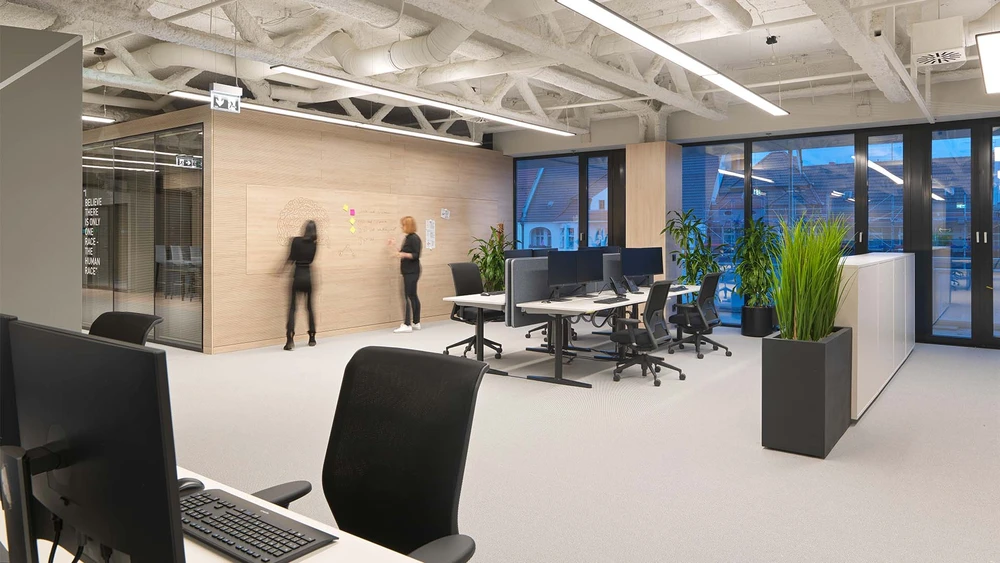Avoiding rigid processes, supporting a variety of projects - Blue Ant in use at HiSolutions AG
HiSolutions AG, based in Berlin, is one of the most renowned consultancy firms for IT-governance, risk & compliance in the German-speaking world. It combines highly specialised expertise in the areas of information security and IT consultancy with an in-depth insight into corporate processes in a wide variety of industries.


